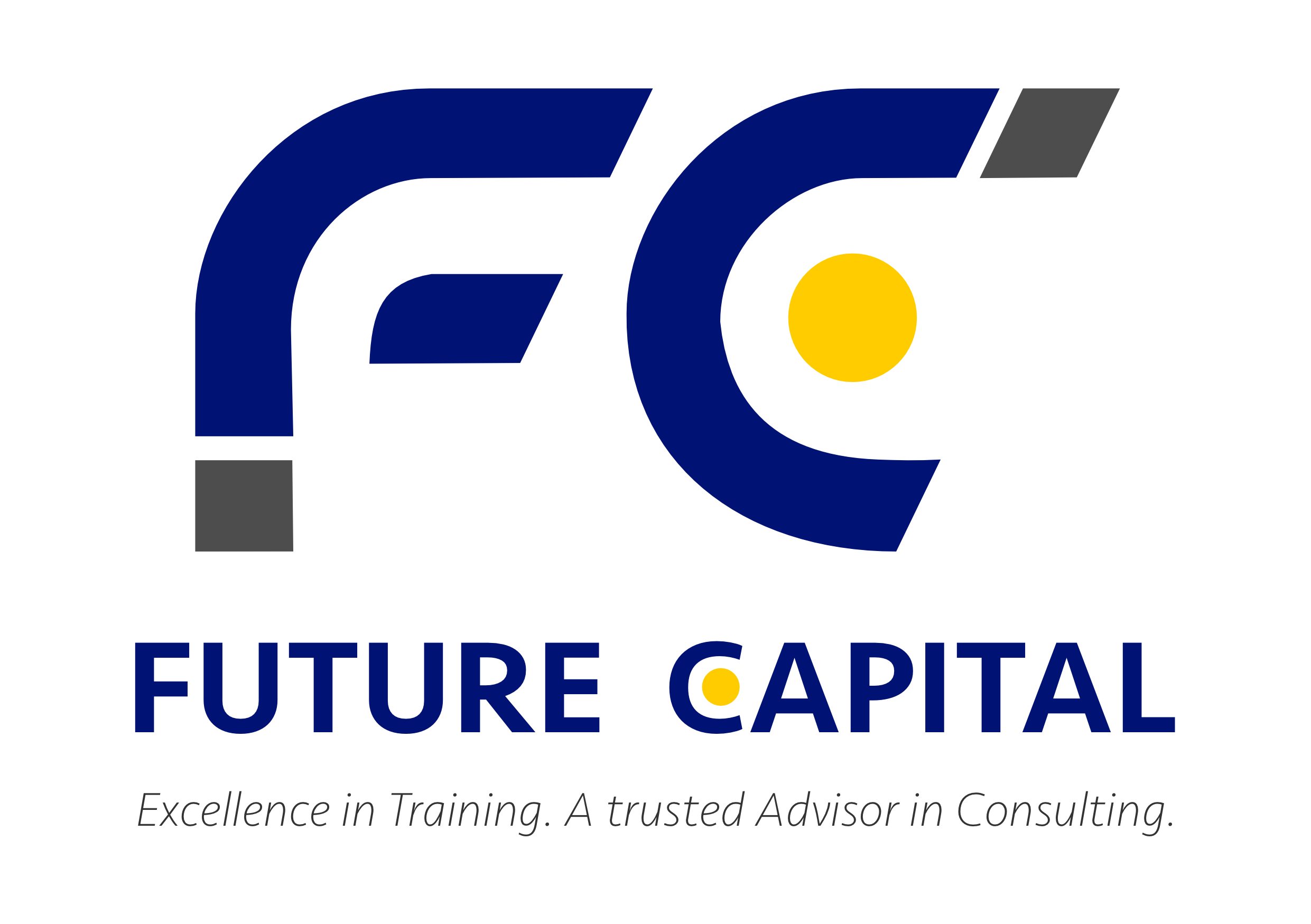Corporate Finance
About this course
This 2-day course provides Participants with a solid grounding in all the key elements of Corporate Finance with which to plan and strategize around.
More info
Who should attend?
- Company Directors and Executive Management
- Corporate and Investment Bankers
- Coverage and Relationship Bankers
- Corporate and Commercial Lawyers
COURSE OUTLINE
- Financial Statements
- Overview of Corporate Financial Statements
- Examination of Balance Sheet, Income Statement and Cashflow
- Ratio analysis: Liquidity ratios (Stock Turnover, Debtor Days, Creditor Days), Profitability ratios (Gross and Net Margins), Safety Ratios (Gearing, Leverage, Interest Cover)
- A critical look at EBITDA – how useful is it?
- Creative Accounting
- Horizontal
- Overview of the Merger and Acquisitions landscape
- Types of Mergers
- Vertical
- Conglomerate
- Defensive
- Case Studies
- Why do most M&A transactions fail to deliver Shareholder Value?
- of failed acquisitions (Daimler/Chrysler, AOL/Time Warner)
- Characteristics of failed mergers; Synergies not delivered, Overpayment, cultural differences
- Critical success factors for acquisitions
- Process for acquiring a listed company
- Scheme of Arrangement
- Mandatory takeover triggers
- Premiums
- Shares vs cash
- JSE Regulations that govern acquisitions
- Hostile Take Overs
- What is a hostile take-over
- What makes a company vulnerable to a hostile takeover
- Evolution of hostile takeovers from the ’80s to current times
- Take Over Defences and strategies that can be employed by companies against a hostile takeover:
- Poison Pills
- White Knight/White Squire
- Crown Jewel Lock Up
- Golden Parachutes
- Shareholder considerations in respect of defense measures to be employed
- Leveraged Buy Outs (LBOs):
- Typical LBO Capital Structure
- Bridge Funding: Role in Acquisitions, Typical Structure
- Private Equity principles / Importance of debt in enhancing PE returns
- Determination of Debt Capacity
- Debt structure and Scheduling
- Refinancing Risk Assessment
- Internal Rate of Return (IRR) in decision-making
- Company Valuation
- What is the value of a company?
- Break Up Value vs Going Concern
- Market Valuation: p/e, market capitalisation
- Valuation using other comparables
- Similar Company comparables
- Transaction Comparables
- Net Asset Value (NAV) Valuation
- Valuation using the Discounted Cash flow method
- Free Cash Flow – Deriving Free Cash Flow to Firm (FCFF)
- Concept and calculation of Weighted Average Cost of Capital (WACC), The Capital Asset Pricing Model (CAPM)
- Discounting: Calculating Primary period and Terminal Value cash flows
- Enterprise Value vs. Equity Value
- M&A Financing – Loan Market:
- Bridging Loans
- Raising Debt: Syndications/Club Deals/ Bi-laterals
- Senior Debt: Role and structure in leveraged transactions
- Mezzanine Finance: Definition of, role in leveraged deals and Private Equity
- PIK Debt: PIK Loans/PIK toggles. Role and structure in highly leveraged transactions
- Loan Documentation: Covenants, Reps and Warranties, Cross Default/Cross Acceleration
- M&A Financing – Debt Capital Market:
- High Yield Bonds: Issuing Process/Comparison with other forms of debt
- Convertible Bonds: Issuing Considerations/Benefits and Drawbacks compared to other forms of Debt
- M&A Financing – Equity Capital Market:
- IPOs
- Rights Issues
- Issue of shares of cash
- Accelerated Book Build (ABB)
- Other Corporate Actions
- Spin-offs
- Split offs
- Equity Carve-Outs
- Share Buy Backs





